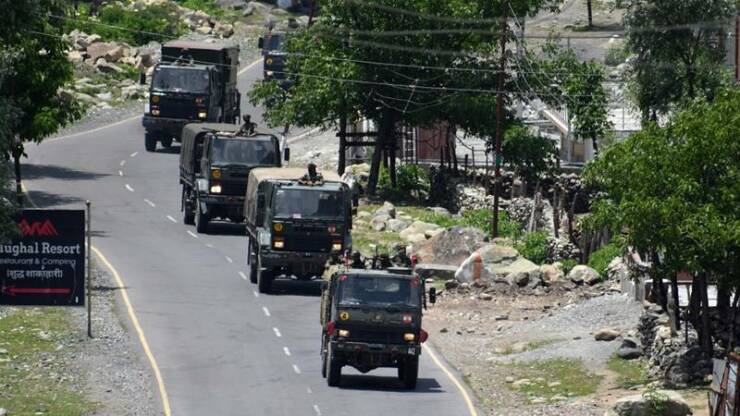
‘Never retreat, never explain, get it done and let them howl’- Benjamin Jowett
Dragon seems to follow this in words and deeds. It has been more than 8 months since the deadly Galwan clash, but situations at borders continue to simmer. China’s foreign minister Wang Yi in a recent statement said that ‘aggression and expansionism have never been in their nation’s genes’. However, the world knows that these very two traits are not just genetic, but they entirely sum up President Xi’s tenure. There have been several talks of de-escalation. But then again, Beijing talks but does not walk the talk. But India is Xi’s biggest mistake. His real miscalculations on the Himalayan border vis-à-vis India led New Delhi to unravel its appeasement policy. His self-built dilemma has placed the Sino-Indian relationship on the edge of the knife.
If we go on comparing the militaries of these two Asian powers, Beijing is going to outnumber New Delhi, both in terms of military personnel and advanced tech weaponry. At present, this military asymmetry between India and China is extremely acute. Chinese military on paper is extremely formidable. Our defence budget, which is three times less than that of China, is enough to tell the rest of the story. However, India’s armed forces have a qualitative edge over PLA. If China has the world’s largest active military force, India is not far behind. More importantly, India’s battle-hardened forces have experienced low-intensity conflicts at high altitudes. This fact coupled with trade and diplomatic leverage provides India strength to negotiate with China. And even Chinese defense experts are aware of the fact that India has the world’s most-experienced army in hybrid mountain warfare. We have the capacity to convince China that this cannot go on. We should not acquiesce to such escalations.
China has an untested army. The last time PLA got involved in a skirmish, it got a bloody nose. It has no combat experience since its disastrous 1979 invasion of Vietnam. It even lacks ‘jointery’, the idea of armed services collaborating effectively to bring about the one desired unified effect. The other issue is of corruption. A corrupt army is its own enemy. And PLA is riddled by corruption. Expensive weaponry alone does not form a lethal force. The proof lies in eating the pudding.
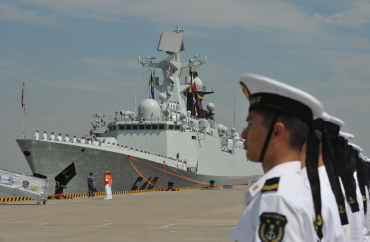
The geographical edge-
Xi managed to change the South China Sea’s geopolitical map without firing a shot, but that is not bound to work in the Himalayan borders. Home to the world’s second-highest number of populations, India is bestowed with promising geography which grants it excessive leverage. The daunting Himalayas in the north shield us from the Chinese incursions, while the Thar Desert in the west forms a buffer with hostile Pakistan. However, that’s not enough to sustain the dragon.
Revamping Asian NATO-
India is not Pakistan, not bound to do China’s bidding. You can only deal with the dragon from the position of strength. Thus, India is working with like-minded countries- major democracies are expanding their defense partnerships. Members of the QUAD are now giving their alliance a distinct military dimension. Its prospect as a combined force against China is a daunting one for Beijing because the combined military strength of the four allies outmatched and outnumbered Beijing. They’ve kicked off the keen sword exercise last month. The 24th edition of MALABAR highlights enhanced convergence of views amongst the four vibrant democracies on maritime issues and showcases their commitment to an open, inclusive Indo-Pacific and a rules-based international order. Dragon has tried to exploit the vulnerability of the pandemic by asserting itself militarily along with the disputed territories but this Asian NATO is an answer to dragon’s heightened security risks.
India and America are working on a military push back. Two months ago, a major agreement was signed in the 2+2 Dialogue-Basic Exchange and Cooperation Agreement (BECA), a military pact designed for Intelligence -Sharing using satellites. This will allow India to use America’s geospatial intelligence, stepping up joint exercises and arms sales. It has also paved the way for the US to ship sophisticated missile technology to India.
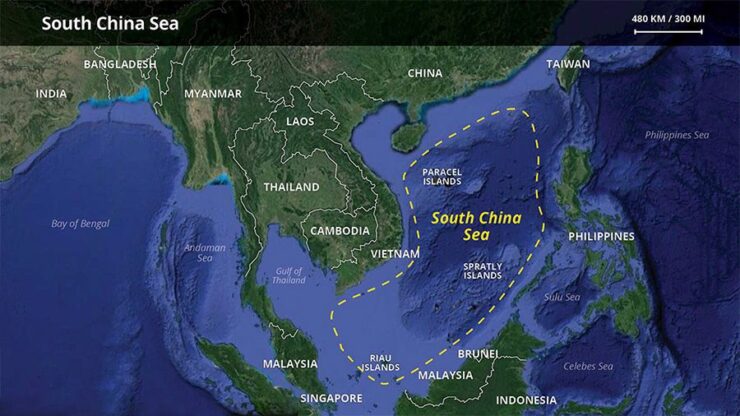
India is rolling out its missiles to counter the Chinese threat. The BrahMos along with Nirbhay and Akash are guarding India against the fronts. India’s armed forces are conducting back-to-back tests of its land, sea, and air-launched versions. It’s in the line of 3 missiles that will guard India’s borders. BrahMos can be used to target Chinese airstrips in Tibet and Xinjiang and can also be used to tackle warships in Indian Ocean. The Nirbhay is a long-range all-weather subsonic cruise missile that can be launched from multiple platforms. It can carry conventional and nuclear warheads. Akash can be used to counter any PLA aircraft intrusion across Lac in Ladakh. India has been expanding its border infrastructure to track PLA’s movements.
Taming Dragon on the high seas-
The Himalayan game is just ‘a piece’ of the pie. Dragon has set up multiple theatres of its aggression in the waters to our south. Indian Ocean plays a pivotal role in the India -China strategic capabilities. China is well aware of its position in the Indian Ocean. Thus, military modernization of Djibouti base, building a submarine in Bangladesh’s cox’s bazaar expanding artificial islands in the Maldives, militarizing Gwadar port in Pakistan, and many more sums up Dragons restlessness.
India is thus strengthening its position along the fringes of the Indian Ocean. It has naval capabilities and well placed in position near Indian Ocean chokepoints to block the traffic at Malacca or the Lombok &Sunda strait. 80 per cent of China’s oil imports come through Malacca trait and it also works the other way providing aid to a considerable amount of China’s exports. As per UNCLOS, traffic in the high seas cannot be impeded; however, this rule bears no relevance in the event of war. China’s disadvantage in the high seas become more grave when we look up at the south china sea where the dragon is not fighting one or two but a total of six countries.
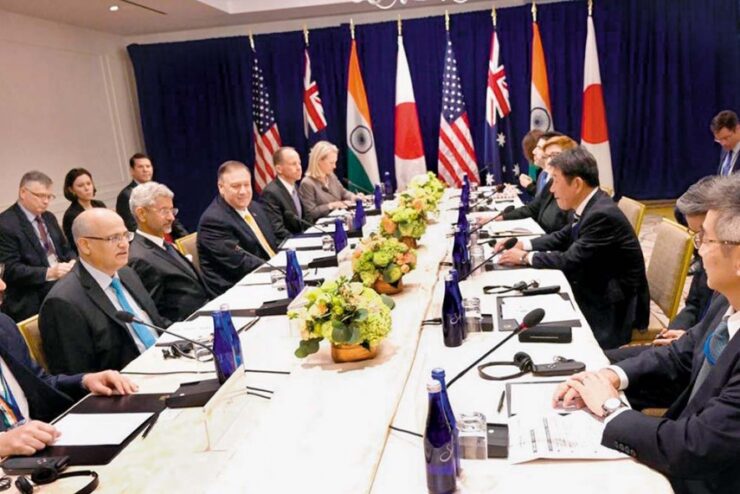
However, India’s ace in the hole might be closer to home. The Andaman and Nicobar island chain offers a critical vantage point on the maritime traffic in the vicinity. The north-south configuration of the islands makes them a vital force multiplier. India is pulling no punches in its rivalry with China. After having set up its theatre command by the Indian Ocean, New Delhi is now militarizing the Andaman and Nicobar archipelago by the entry point of Malacca strait, airfields, and docking facilities are being extended and refitted to accommodate larger vehicles. A deep-water port is being built great Nicobar Islands for 1.3 billion dollars. There is also a plan to station additional aircraft warships, missiles, drones, and soldiers in the vicinity, a plan that is bound to give China sleepless nights.
Vice Admiral Anil Kumar Chawla explained how the skirmishes at the northern borders had provided an impetus to the navy to concentrate on capability building. Trade, security and China have reinvigorated the mandate of the Indian Navy. He mentioned INS Vikrant, India’s first indigenous aircraft carrier under construction at the Cochin Shipyard Limited, which is expected to be commissioned early next year. In a recent statement, Indian Navy chief Karambir Singh said that the Indian Navy surveillance aircraft P-8I and Heron drones have been deployed in the region and naval aircraft have several sorties along LAC. Much of the modern warfare revolves are around missile deterrence. India has had impressive success in developing a sea-based leg of its nuclear trail. Its domestically built nuclear missile submarine, of the Arihant class, grants India powerful second-strike nuclear options.
The Tri-service level preparedness-
The previous year has unmasked the need for us to restructure and enhance our capacity. Here comes a dire need for our intellectual and academic circle to delve deep into the Capacity-Capability dichotomy. As per GFP, India stands 4th in global military power index. The US, Russia and China tops the list due to their tech prowess. Here these two superpowers beat China despite having largest military in the world due to their capability to use it effectively. Therefore, Elephant’s stroll this decade will largely be determined by its capacity to excel its tech prowess. Attempts have been made to that end; however, they are needed to pick up the pace.

In October 2020, the Indian defense ministry stated the New Army Static Switched Communication Network is set to provide a big boost to the operational capability of the defense forces, and the project will provide better survivability, responsiveness, and high bandwidth in any operational scenario and enhance the communication coverage of network close to LAC.
The Cabinet Committee on Security (CCS) approved a deal worth roughly Rs, 48000 crores with our very own Hindustan Aeronautics limited to produce 83 indigenously developed light combat aircraft TEJAS fighter jets for the Indian air forces. With the MIG-21 aircraft to be phased out by 2024, the IAF is building its squadron strength. This LCA TEJAS Mk-1A is equipped with critical operational capabilities of Active Electronically Scanned Array Radar, Beyond Visual Range Missile, Electronic Warfare Site and Air to air refuelling would be potent to meet operational requirements of the IAF fighter fleet.
In the Annual Presser, Army chief Naravane said that they are sure of an amicable solution through dialogue and discussion based on the principle of mutual and equal security. However, ‘When you don’t know what your enemy can do, you must prepare for the worst,’ India has thus brushed up their operational preparedness and boosted their morale.
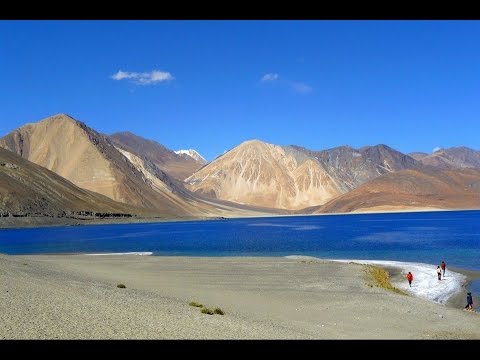
In another blow to China, Indian SFFs recently occupied strategic mountain positions over the blacktop- overlooking key Chinese deployments on the southern side of Pangong Tso Lake. Indian forces carried out their operation right under China’s nose, amidst a major PLA build-up. According to General Naravane, an all-round capacity development program has taken place ranging from weapons and protective gears for the infantry to the mechanized forces to fire support elements, long-range vectors, engineers’ toes, and equipment, communication equipment to modernize every arm of the army. They are also heading up towards transforming itself from a manpower-intensive to a technology build force which is the only way forward to the future. A broad roadmap has been charted out encompassing in-depth research and action plans in the fields of AI cyber-security, quantum computing, robotics, blockchain, and the like. The restructuring program has been carried out at the tri-service level for a calibrated and smooth output in the form of integrated command.
Thus, it is well on the way to prepare itself to meet the challenge ahead. Dragon respects strength. If you’ll show weakness, it’ll definitely overplay. Standing up to it is the only way to deal with it.India’s EAM Jaishankar, in his first address to the UNSC after New Delhi has acquired non-permanent membership a short while back, also thwarted China’s double standards. In explicit statement but the message is loud and clear. India will remain uncompromising on its national security and sovereignty. And it will take the Dragon head-on.
-The writer is a student of Political Science in the University of Delhi. The views expressed are personal and do not necessarily reflect the views of Raksha Anirveda








